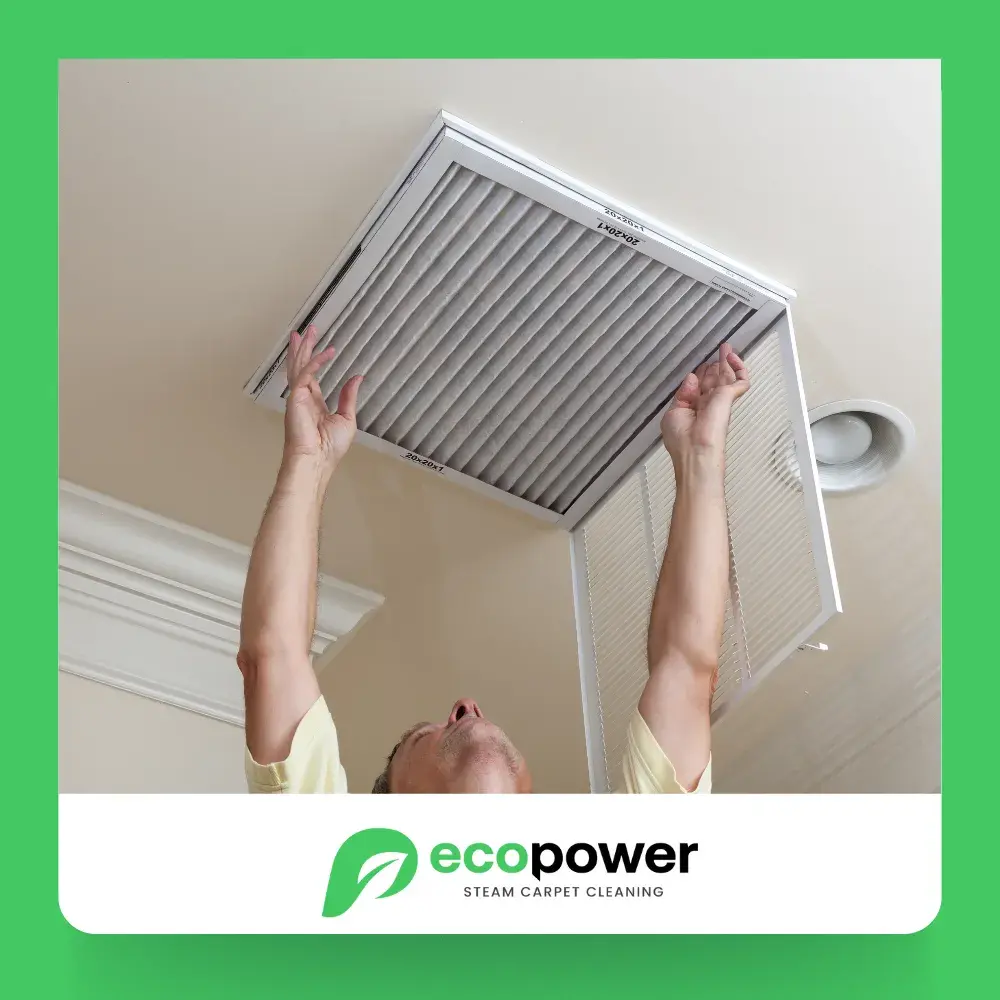How Old Ductwork Increases Energy Costs
Over time, air ducts can develop leaks, cracks, or even become disconnected due to wear and tear. When this happens, heated or cooled air escapes through these gaps before it reaches the intended living spaces. This loss causes the HVAC system to work harder, using more energy to maintain the desired temperature. Air duct replacement provides a fresh start by eliminating inefficiencies and ensuring that air is delivered where it is needed most. As a result, the system runs more smoothly, consuming less energy, which directly contributes to lower monthly bills.
The Role of Properly Sealed Ducts in Energy Efficiency
Sealing is a key factor in maximizing HVAC efficiency, and new ductwork can significantly enhance this aspect. During a professional air duct replacement, technicians ensure that the new ducts are properly sealed, preventing any air from escaping. The tight seals help maintain consistent indoor temperatures, reducing the need for the HVAC system to cycle on and off frequently. This stability in the system’s operation not only saves energy but also prolongs the life of the heating and cooling equipment. Proper sealing is thus a critical step towards achieving long-term energy savings.
Improving Airflow to Boost Performance
The layout and condition of ductwork can greatly influence airflow throughout a home. Poorly designed or damaged ducts often result in uneven distribution, with some rooms receiving more air than others. Such imbalances make it difficult for the HVAC system to maintain a consistent temperature, leading to higher energy use. Air duct replacement addresses these issues by ensuring that the new ducts are optimized for even airflow. This improvement allows the HVAC system to maintain the desired temperature more efficiently, thereby reducing energy consumption and lowering bills.
Investing in Your Home’s Long-Term Value
Although air duct replacement may involve an upfront cost, it is an investment that pays off over time. Beyond the immediate energy savings, new ductwork can increase the overall value of your home by enhancing its efficiency and indoor air quality. Potential buyers often look for energy-efficient features, and having a modern duct system can be a significant selling point. Additionally, by reducing the strain on the HVAC system, the need for costly repairs and maintenance is minimized, leading to further savings. This proactive approach to home improvement helps ensure a more sustainable and cost-effective living environment.
Choosing air duct replacement is a practical step toward lowering energy expenses while improving the overall comfort and efficiency of your home. Addressing issues with aging ductwork not only makes financial sense but also supports a more energy-conscious lifestyle.
Learn More
How Professional Air Duct Replacement Boosts Home Energy Efficiency

